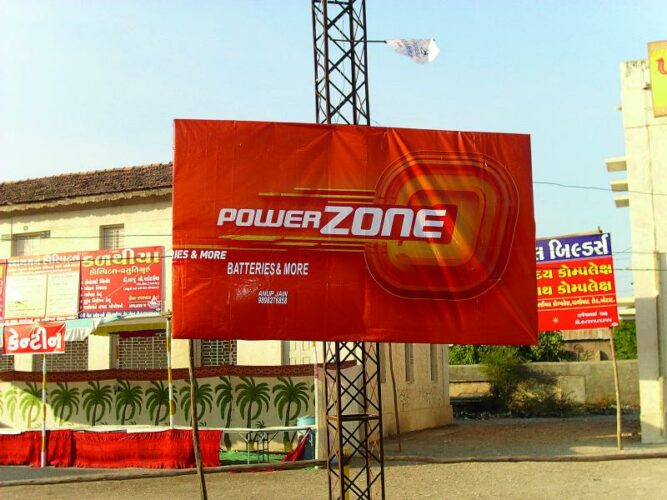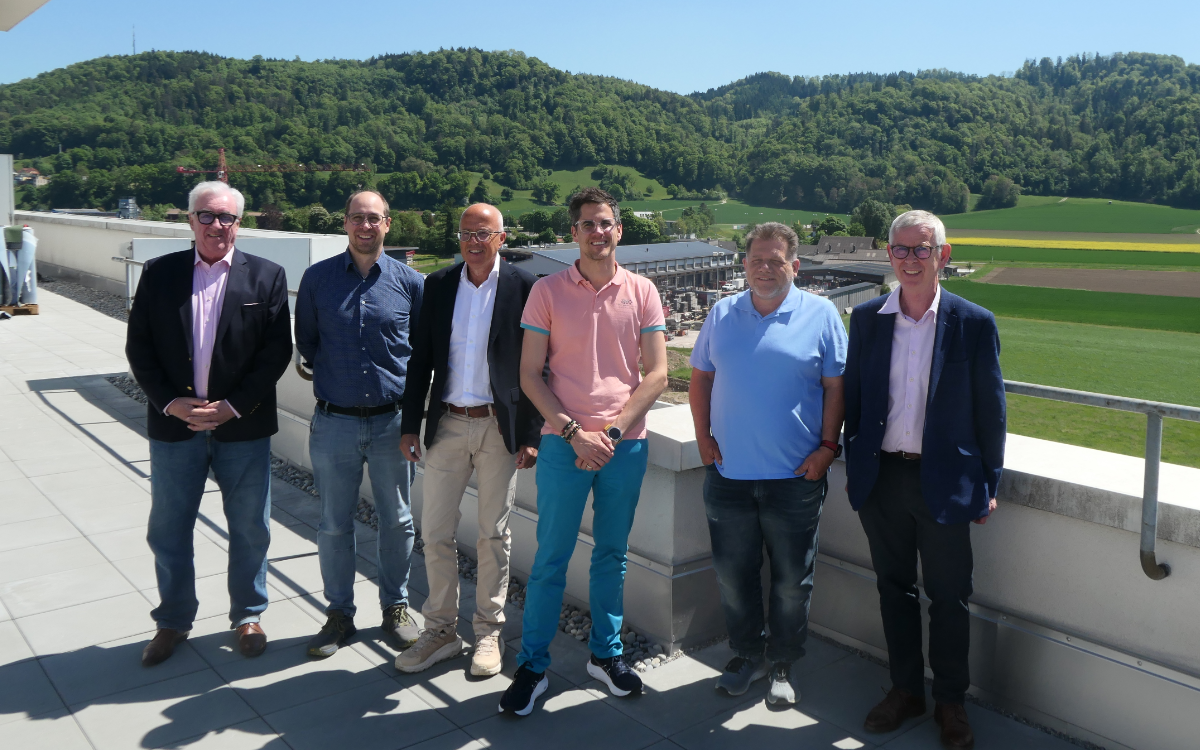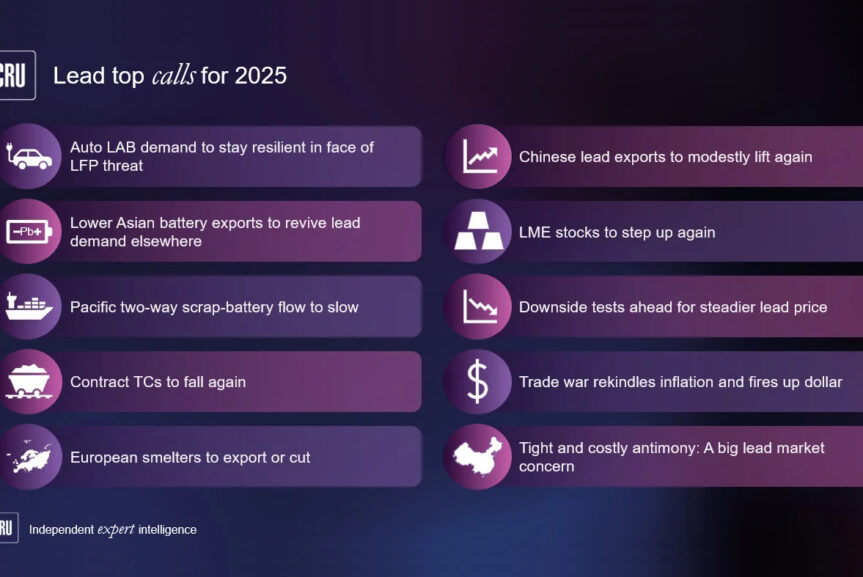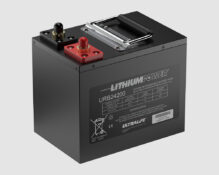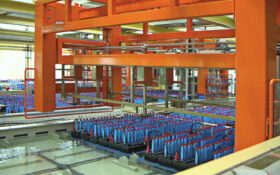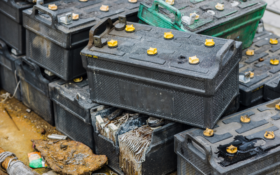Selling lead-acid batteries in India is truly a licence-to-print-money these days. Aidan Turnbull reports.
Historically, the Indian automotive battery market has been driven by one dominant player - Exide Industries Ltd – a company which was swiftly followed by many manufacturers from the unregulated sector serving the light and heavy commercial vehicle segment. At one stage, about 20 years ago, Exide controlled nearly 100% of the Indian auto OE market and was the biggest name in the Indian battery industry.
A sea-change came in the late 1990s with the entry of battery manufacturers . . .
to continue reading this article...
Sign up to any Premium subscription to continue reading
To read this article, and get access to all the Premium content on bestmag.co.uk, sign up for a Premium subscription.
view subscription optionsAlready Subscribed? Log In

